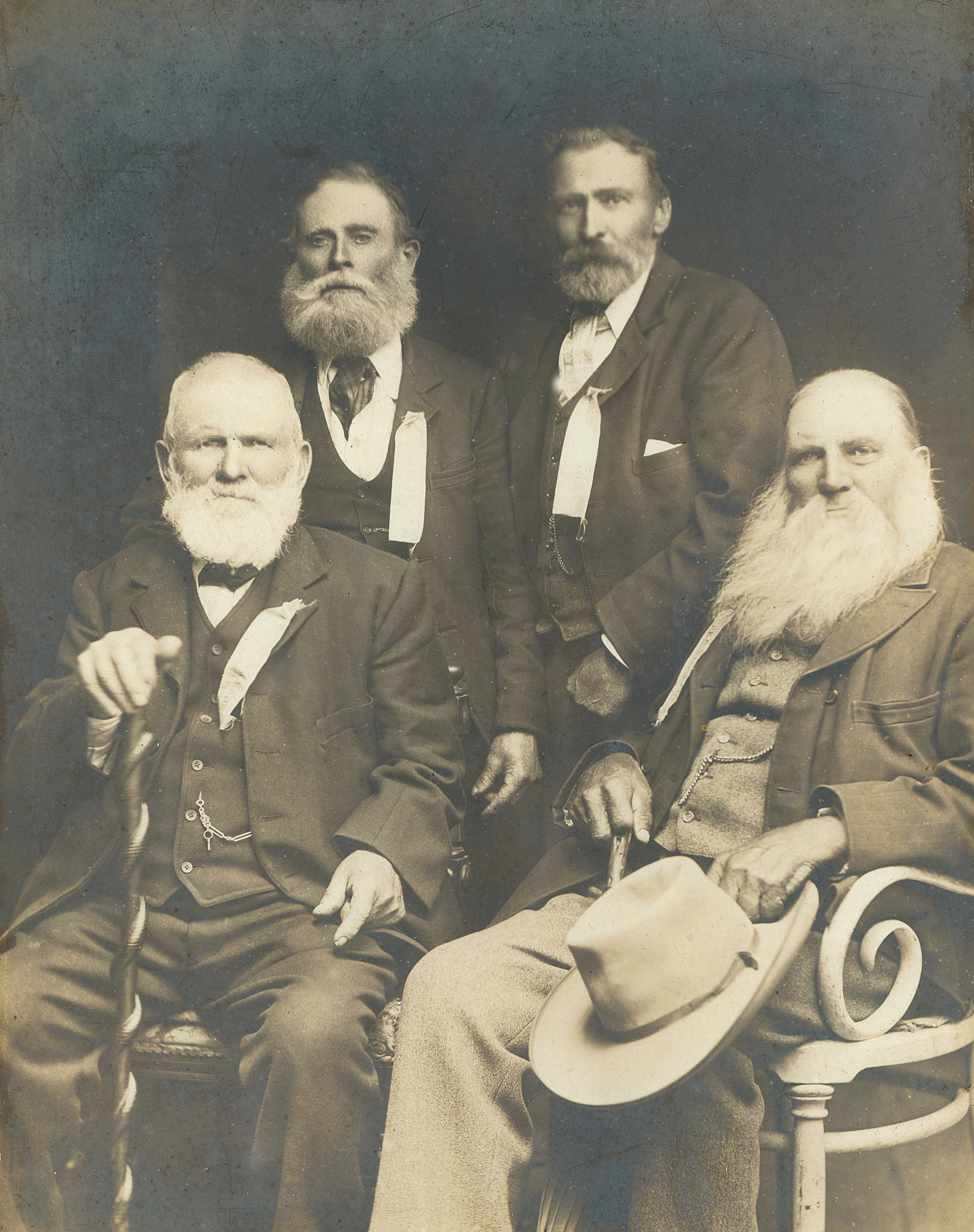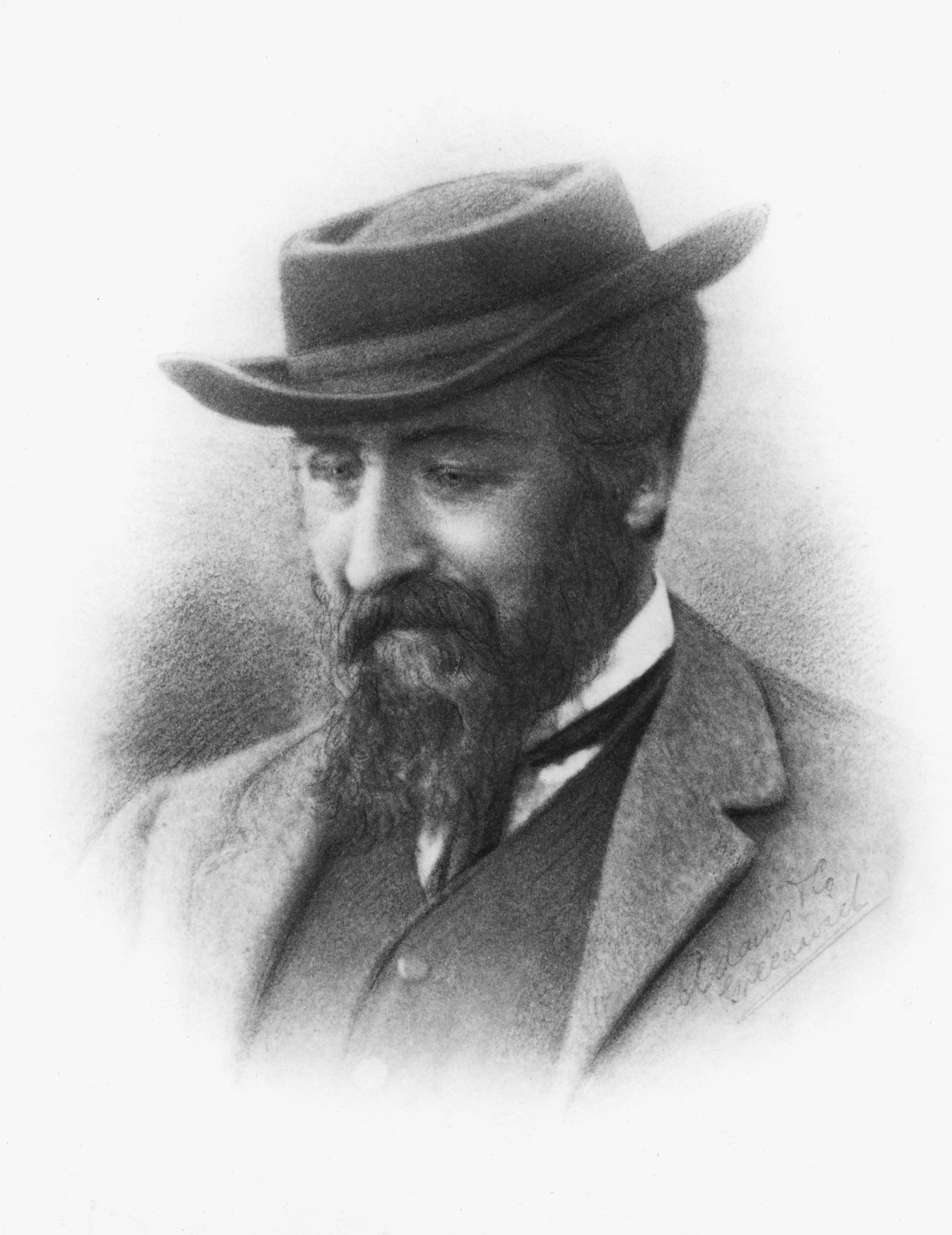Life on the Victorian goldfields
Download

Letter to family, 31 November 1857acket and dress
ink on paper
Charles and Jane Foreman Collection, 1977.0091, letter 20
University of Melbourne Archives

University of Melbourne Archives
Charles and Jane Foreman travelled to Victoria from England in 1855. With Jane’s mother and brother, Edwin Witherdon, they sought their fortunes on goldfields east of Ballarat.
University of Melbourne Archives holds more than 70 letters written by the Foremans to their families and friends in Kent, giving an insight into life on the Victorian goldfields. Charles describes mining processes and business practices, while Jane recounts the difficulties of life in the harsh Australian environment. After mixed success on the diggings, the Foremans became shopkeepers and postmasters in Mt Egerton, Victoria.
In Letter 20, Jane Foreman describes the weather as ‘excessively hot’ and notes ‘I have worn nothing but a thin dress and flannel petticoat and chemise all winter (and) now must leave off all but my dress’. Four snippets of fabric indicative of her dresses accompany the letter. She comments on the cost of clothing and reports that her infant son, Willy, has been vaccinated against smallpox, which is raging nearby.
This letter features striking cross-writing, on the delicate stationery typical of 19th‑century correspondence. All the Foreman letters in University of Melbourne Archives have been digitised in order to reduce handling, and transcribed so that researchers can read them easily.
Teaching ideas
The University of Melbourne’s curriculum is rich and varied, and changes from year to year. For more teaching ideas, contact a collection manager.
Genealogies of Place
Consider the ways in which particularities of place – the goldfields, Ballarat, Victoria – define the experiences of Jane and Charles Foreman in their letters home to England.
Geology of Gold
Consider Charles Foreman’s letters detailing the business of extracting gold in colonial Victoria, as providing a very personal insight into the long history of the goldmining industry.
Australian Economic History
Use the Foreman letters to understand conditions on the goldfields in colonial Victoria. Allow students to discover this important episode in Australia’s economic history in a dynamic way.
Controversies in Australian History
What can these letters contribute to studies about race, class, gender and nationality, as well as changing forms of popular participation and public accountability? Consider whether conditions for miners improved in the years following the Eureka Stockade protest in 1854.
The Australian Imaginary
Consider the colonial goldfield letters of Jane and Charles Foreman as offering an exemplary account of some early notions of Australian settler society, which would subsequently become embedded in the Australian imaginary, including notions of environmental hostility and the tyranny of distance.
Generating the Wealth of Nations
Read the Foreman letters as a case study in the human experience of being a participant in the gold rush, considering the period as an important historical example of foundational wealth generation.
Intersecting objects
E.J. Semmens Collection, 1976.0033
University of Melbourne Archives
Isaac Hayward Collection, 1976.0080
University of Melbourne Archives
Victoria Gold Escort Company Collection, 2004.0006
University of Melbourne Archives
William Henry Archer Collection, 1964.0010
University of Melbourne Archives
-

Eureka Stockade jubilee reunion, 1904
left to right: John Kemp, David Maine, Isaac Hayward, John Jarman
silver albumen print
19.2 × 15.0 cm
Isaac Hayward Collection, 1976.0080.00002
University of Melbourne Archives -

Adams & Co. (Greenwich, England)
Portrait of Charles Foremans
photograph of charcoal drawing
Charles and Jane Foreman Collection, 1977.0091
University of Melbourne Archives
For more information, visit the website of University of Melbourne Archives.
References
Graeme Davison, John Hirst & Stuart MacIntyre (eds), The Oxford companion to Australian history (revised edn), Oxford University Press, 2001.
S.T. Gill, The goldfields illustrated: The sketches of S.T. Gill, Melbourne: Lansdowne, 1972.
Primary sources: 50 stories from 50 years of the Archives (exhibition catalogue), University of Melbourne, 2010.
Keir Reeves & David Nichols (eds), Deeper leads: New approaches to Victorian goldfields history, Ballarat Heritage Services, 2007.
Clare Wright, ‘“New brooms they say sweep clean”: Women’s political activism on the Ballarat goldfields, 1854’, Australian Historical Studies, vol. 39, no. 3, 2008, pp. 305–21.